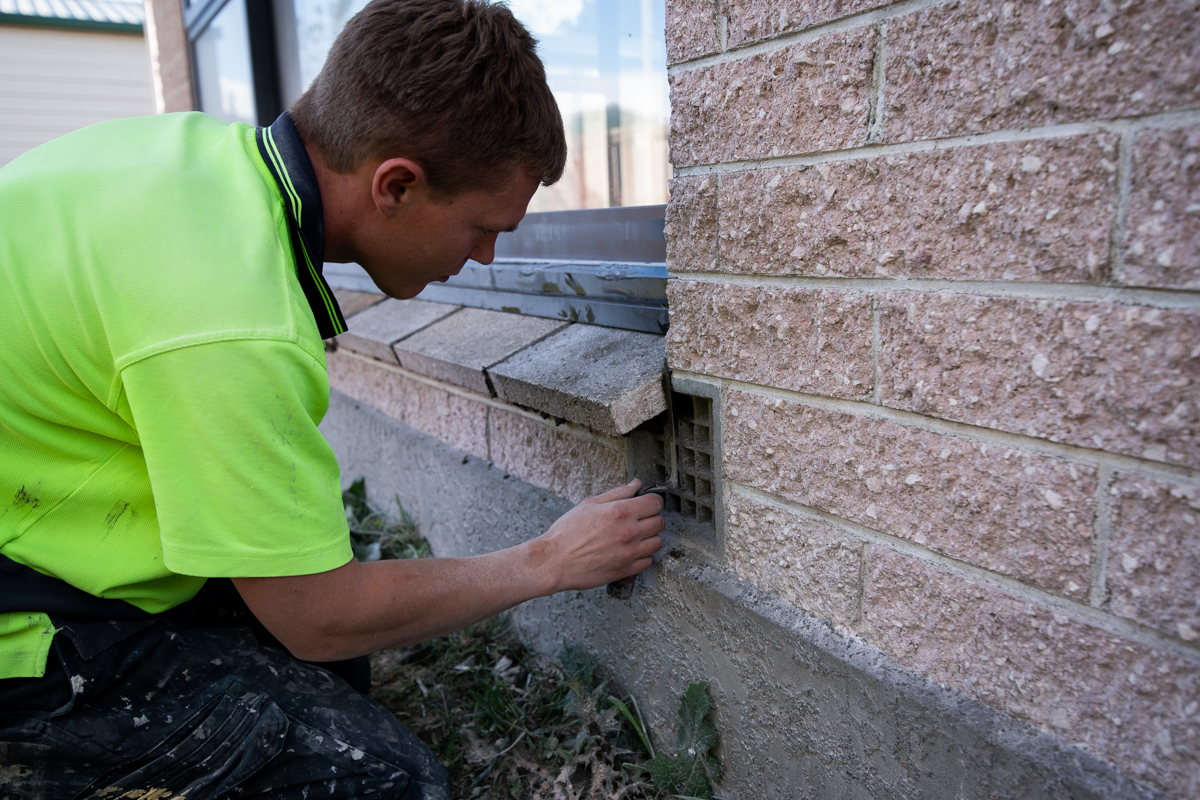If you own a brick home or plan to own one soon, learn how to spot signs of damage, so you can get your brickwork repairs underway sooner rather than later.
Brick has stood the test of time as one of New Zealand’s most trusted building components. It has maintained its position as a preferred permanent cladding choice because of its low maintenance, and timeless appeal.
But like all cladding materials, low maintenance doesn’t mean no maintenance. Factors like foundation slumping and footing movement can cause weathertightness issues and cracking overtime.
In this article, we’ll share advice from one of our top-rated trade experts, Lee from Cambrian Masonry, on how to assess, maintain and repair your brickwork.
You’ll also find:
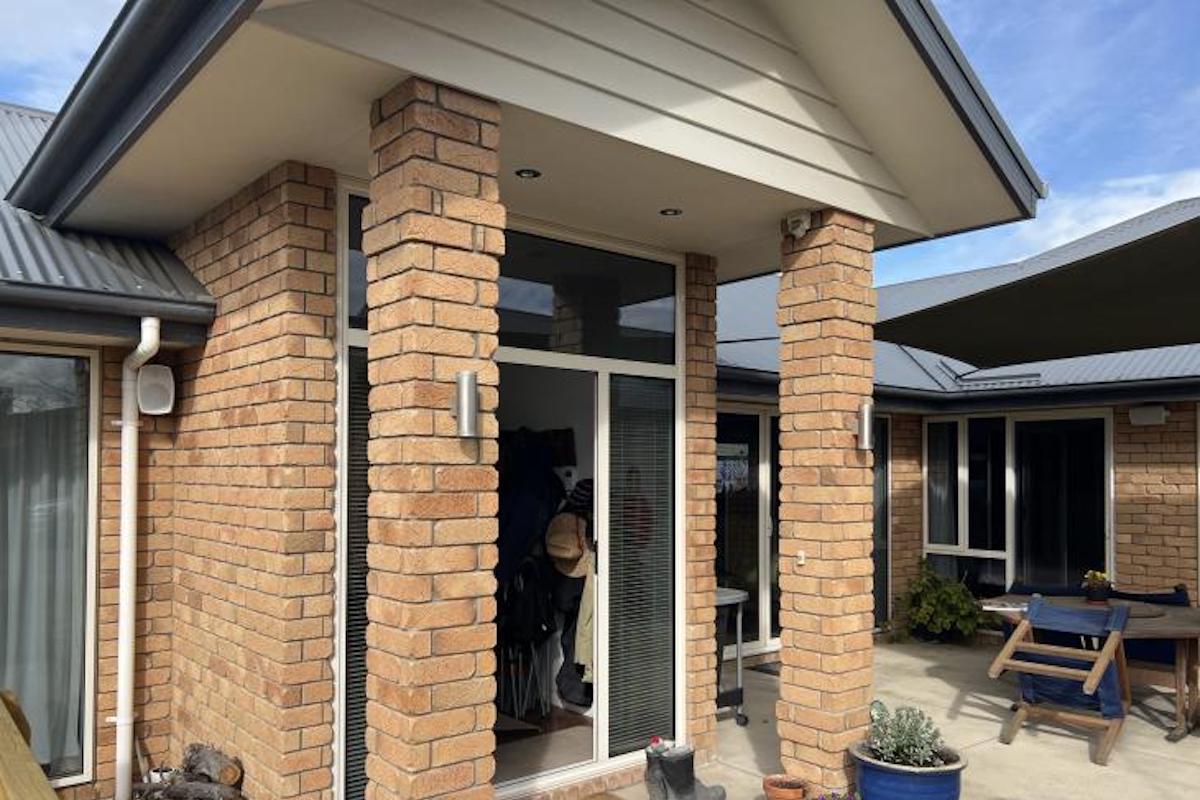
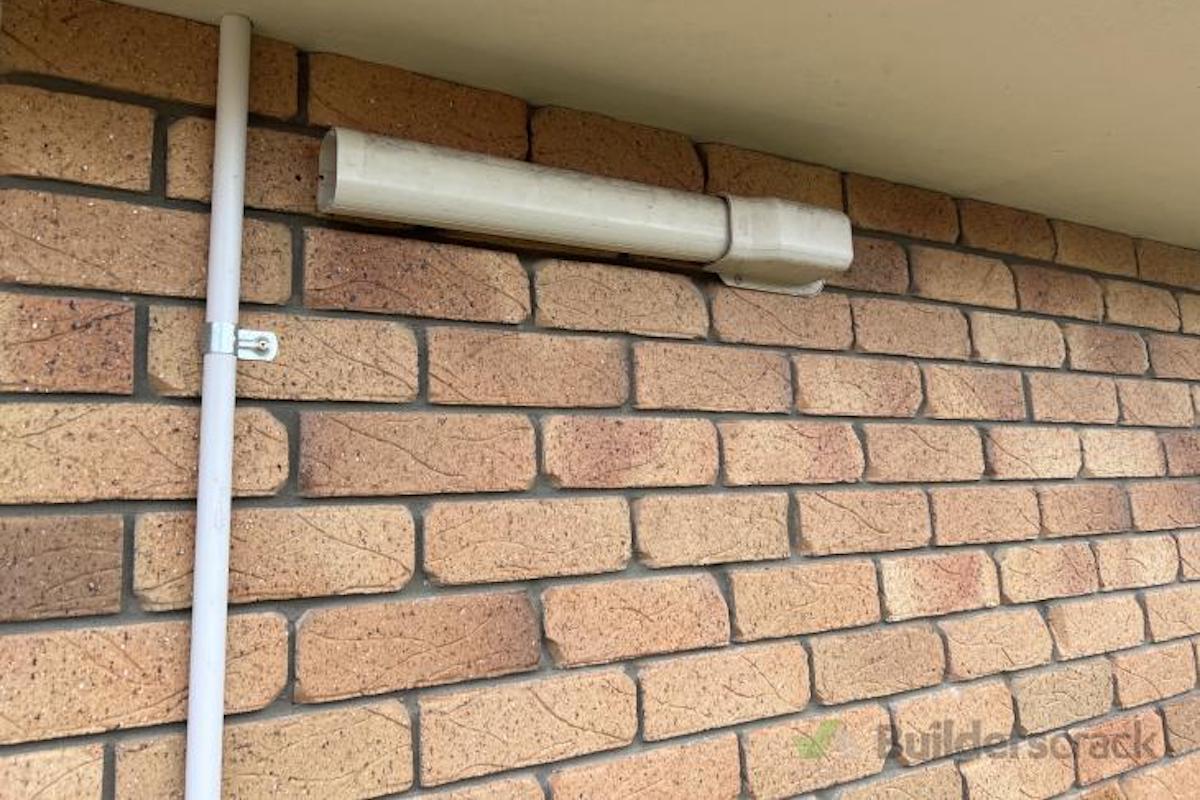
Rod’s entryway pillars had serious structural issues under the surface. | Photos: Rod
First-hand Homeowner Experiences
Rod’s Entryway Pillars
These brick pillars had structural damage for 11 years after the 2011 earthquakes — a job Rod had on the backburner until this year.
“Turns out the job was a necessity. The pillars could have fallen over if there was another earthquake,” Rod says.
“I have friends who are plumbers and builders, but I didn’t know any bricklayers, so I posted the job on Builderscrack.”
Rod went with Lee from Cambrian Masonry for the repair job.
“He certainly seemed to understand brick masonry. Lee took care of everything, and didn’t need much from me at all,” Rod says.
In true Kiwi fashion Rod shares his take on the results: “I haven’t thought much about it! Out of sight, out of mind — so I’d call that excellent!”


Thomas’ newly installed window, and dilapidated brickwork. | Photos: Thomas
Thomas’ Repairs
After 12 years of living in this entry-level 1970’s brick home, Thomas’ wanted to prepare his home to sell, with old EQC repairs, a window installation and fresh brickwork.
Once the EQC repairs were underway, Thomas soon discovered a spanner in the works: that the line of brick had been discontinued.
“We needed an organised expert with integrity, great workmanship — and who was also able to engage with a discontinued brick line,” Thomas says.
“So, I did a bit of online research to try to find the best avenue for the job.
“I came across Builderscrack, posted my job, and Lee from Cambrian Masonry was the first to respond.
“Lee had a lot of great reviews with a lot of people praising his skills, so I was 100% happy to go with him.”
From there, Lee was tasked with the job of making Thomas’ brickwork look both presentable and on par with the original brickwork, using the home’s second-hand brick materials.

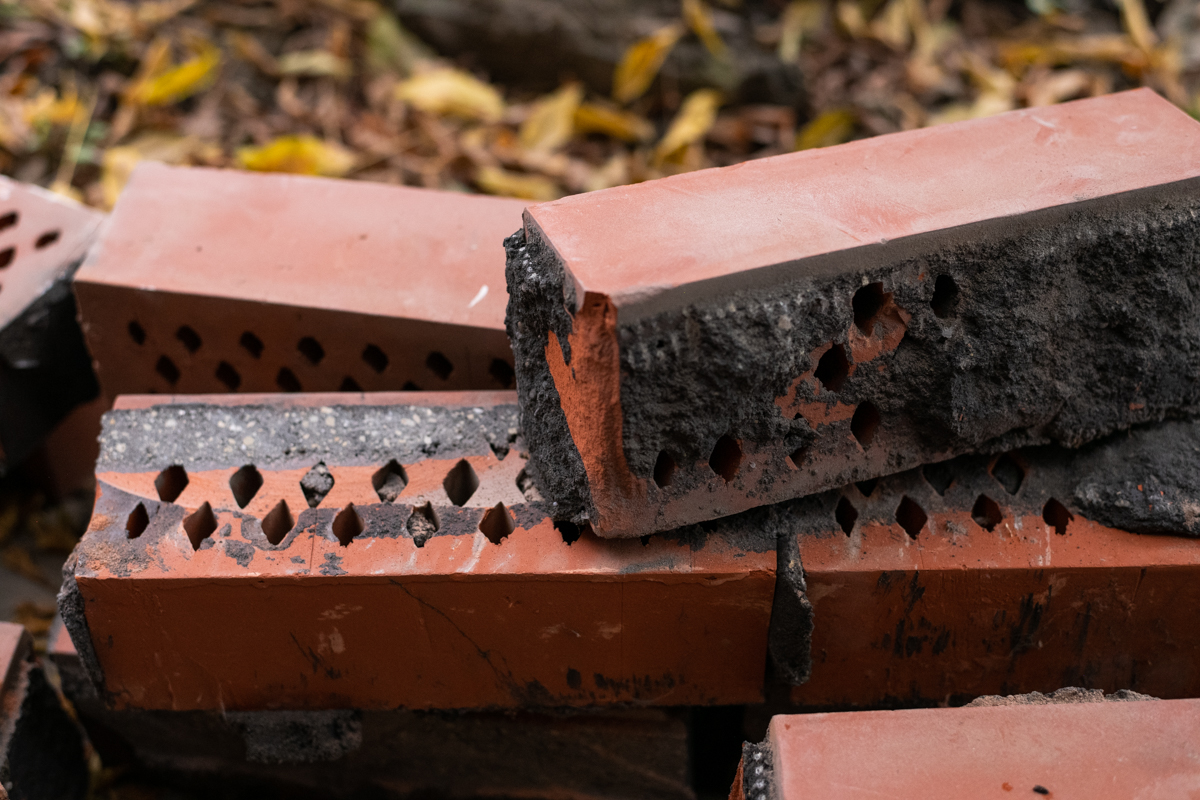
Lee from Cambrian Masonry’s reviews were a selling point for these homeowners.| Photos: Alana Shinn
Pros and Cons of Brick Cladding
Similar to our homeowner stories, brickwork can range from cladding, walls, pillars, partitions, to other structural elements (find out more).
So, let’s explore the pros and cons of brick cladding.
Pros:
Cons:
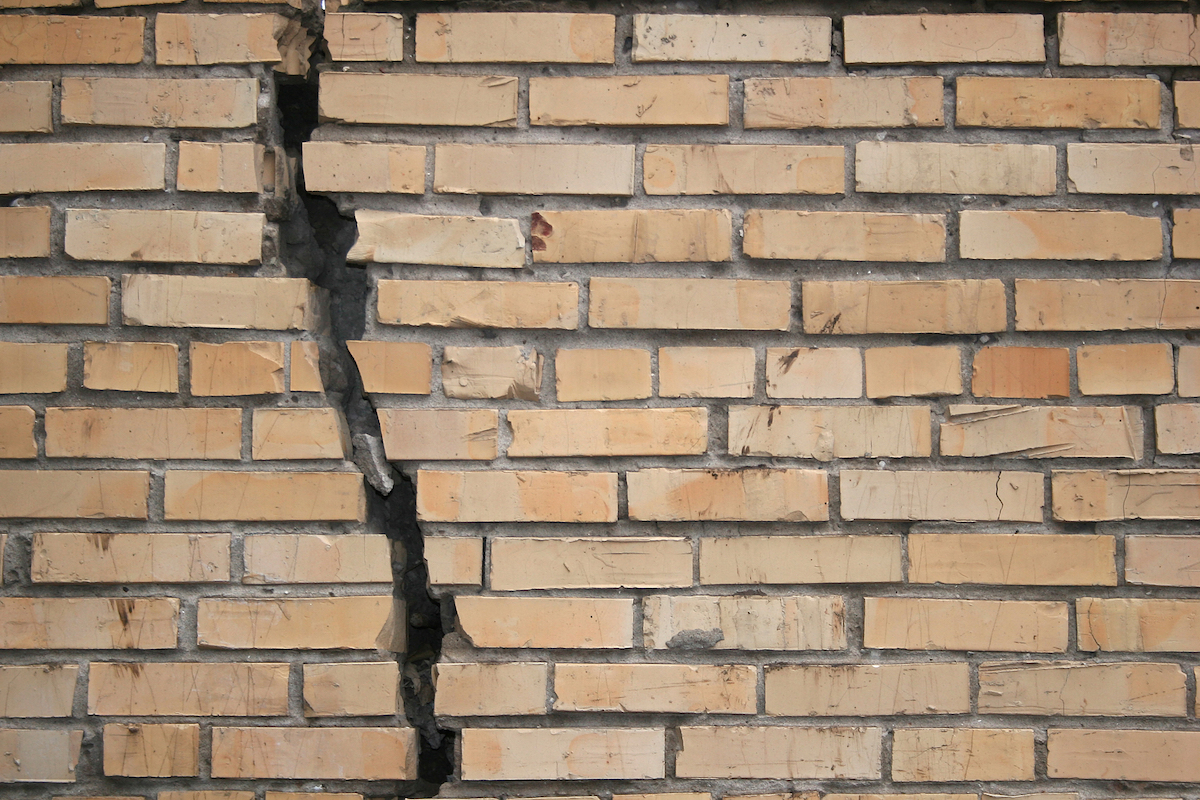
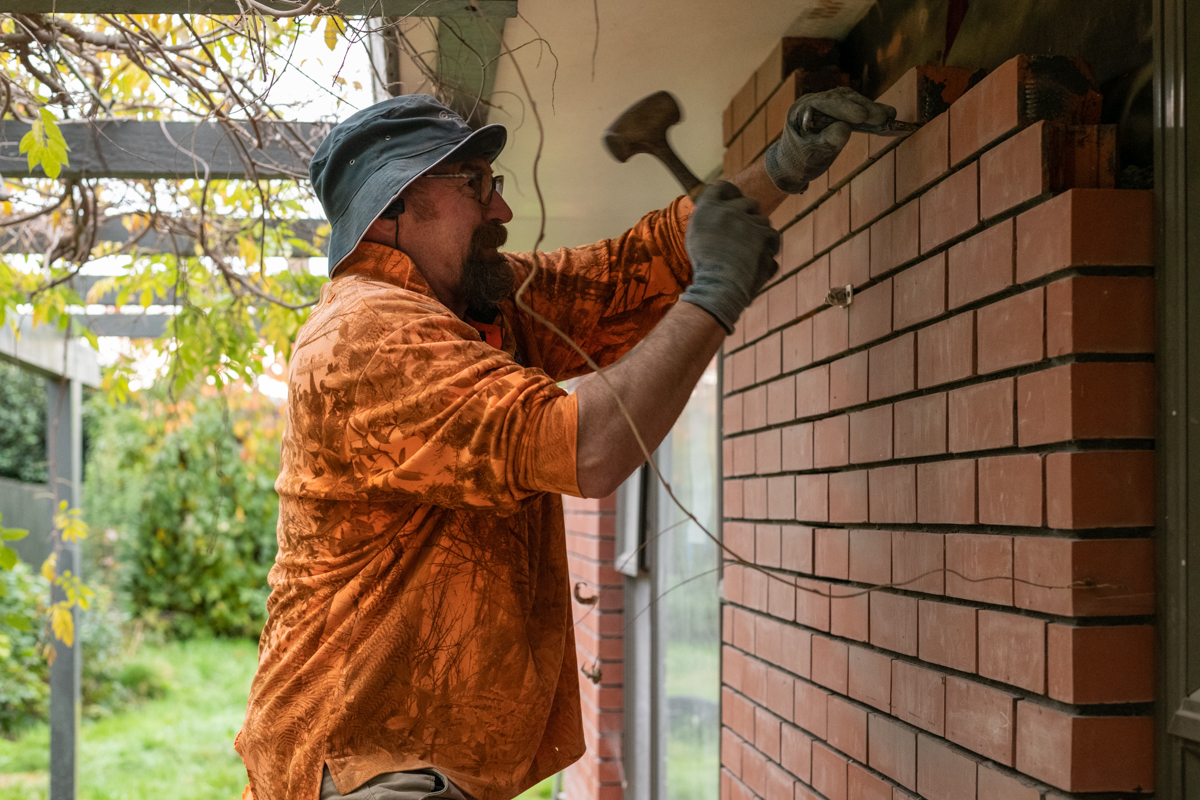
EQC repairs encompass a wide range of restoration activities, including brickwork. | Photo: Alana Shinn (right)
Understanding EQC and Brickwork
EQC (Earthquake Commission) repairs can take anything from months to years to get started. They address damage caused by a natural disaster, and encompass a range of repairs from foundation stabilisation, structural reinforcements, to brickwork repairs.
In a nutshell, here’s what’s typically involved with brick cladding jobs:
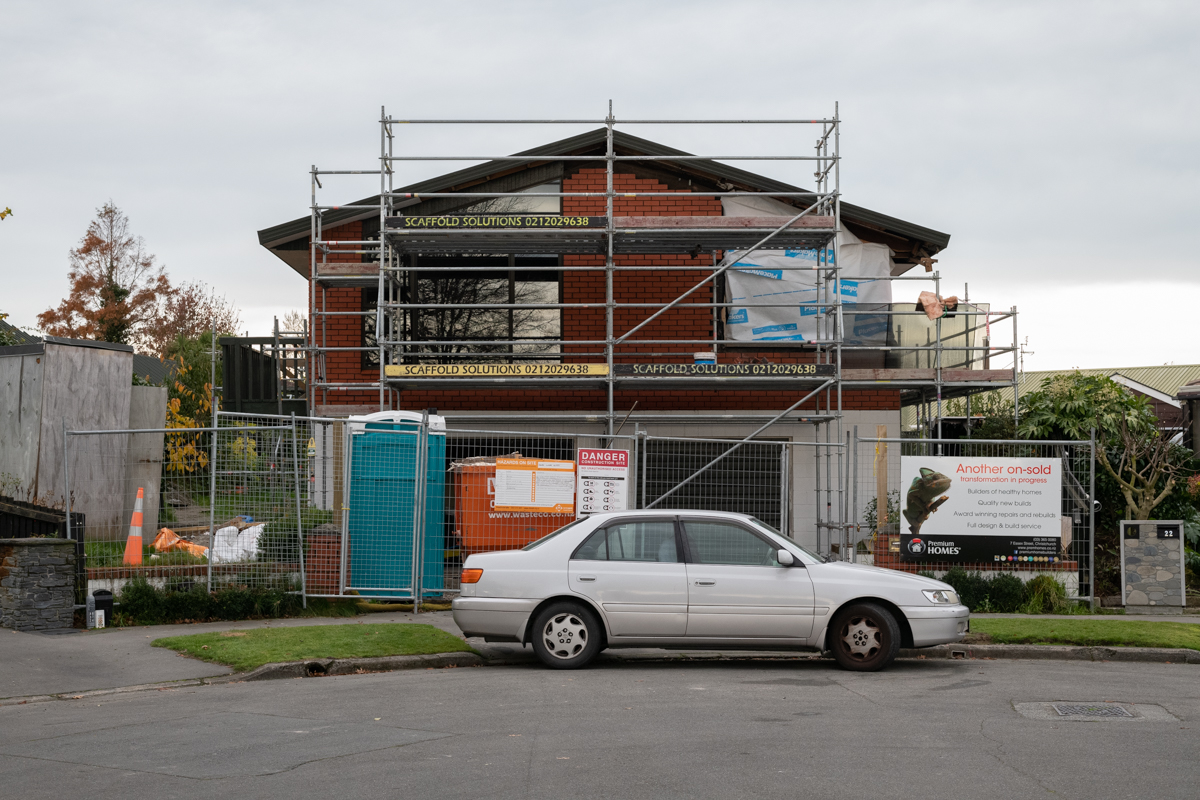

Lee working on his latest brickwork project. | Photos: Alana Shinn
Lee’s Advice to Homeowners
Next up, we asked Lee from Cambrian Masonry about what to consider when assessing and repairing brickwork.
Thank You
A big thank you to Lee from Cambrian Masonry for his awesome work on Rod and Thomas’ brickwork repairs, and to the homeowners for sharing their stories.

